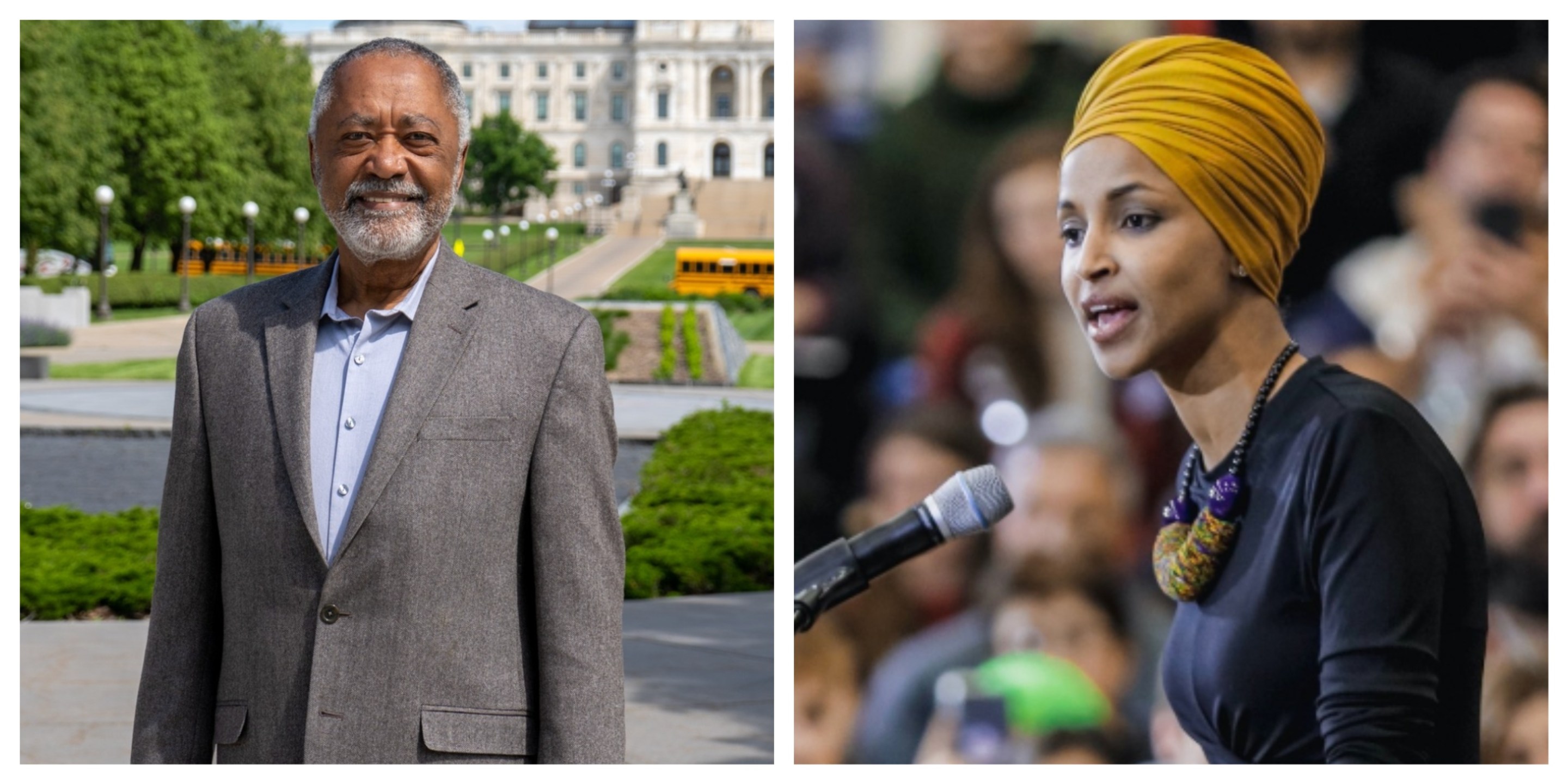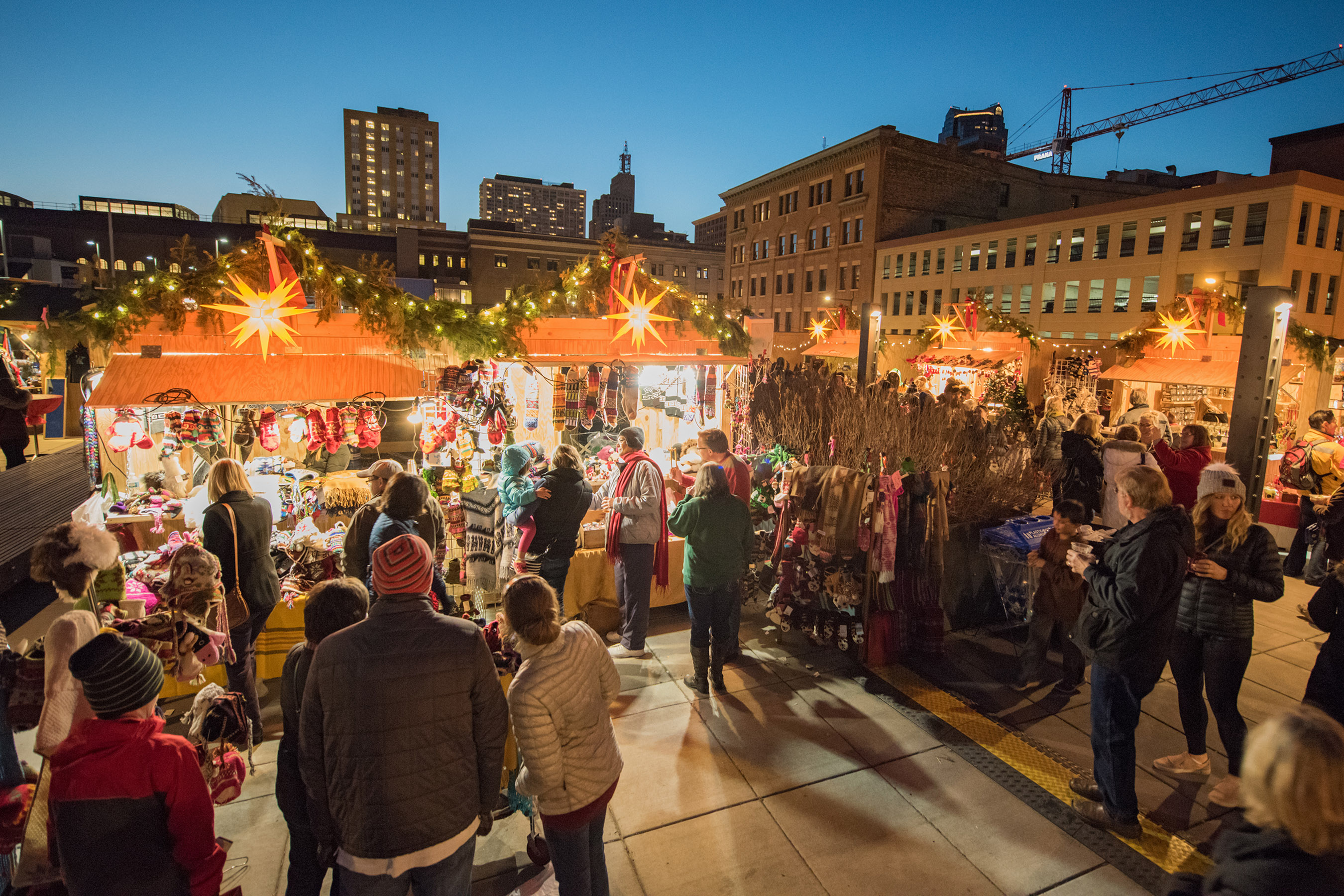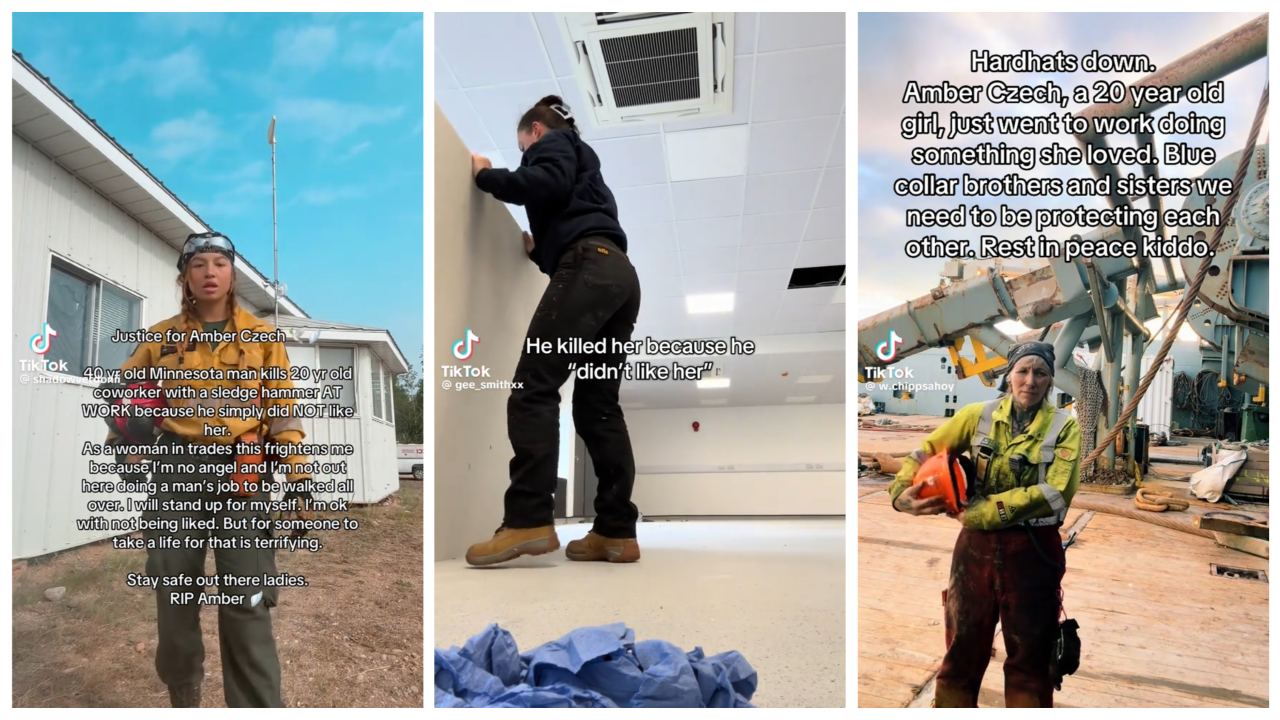Welcome back to The Flyover, your daily digest of important, overlooked, and/or interesting Minnesota news stories.
What Did We Learn From Last Night’s Primaries?
Lot of votin' goin' on yesterday, if you hadn't noticed. When they added everything up last night, here's what we found out.
- The big story last night is Rep. Ilhan Omar’s decisive 13-point victory over Don Samuels, and the numbers add a whole new dimension to that story. Omar clearly ran a more intense campaign than in 2022, when Samuels finished just two points behind her, winning two wards (3 and 7) that she didn’t last time (the fancy folk of Ward 13 still went for Samuels) and picking up 10,000 more. But what’s interesting is that Samuels’s numbers were actually down nearly 4,000 from 2022. Maybe people liked the idea of voting for him more when they didn’t think he had a shot at winning. Will Samuels return for a third round? He’ll be 77 in 2026, which would have to make even the most affluent Ilhanophobe think twice about throwing money down that particular well again. Besides, maybe (groan) Jacob Frey will be looking for a new job by then.
- Let’s not frame last night’s state house race in District 61A as a rejection of mouthy tweeter Will Stancil. We can argue over whether Twitter is “the real world” if we like, but I hope we can agree that it’s not the whole world, and his internet notoriety may not spread as far as the too-online imagine. It’s entirely likely that voters just considered Katie Jones a more qualified candidate and a worthy successor to retiring Rep. Frank Hornstein.
- Minnesota will almost certainly have its first Kenyan-American legislator next year, as Huldah Hiltsley defeated Liberian-born Wynred Russell to become the DFL candidate for house rep in District 38A. Since this is a safe DFL seat, Hiltsley will likely cruise to fill the seat held by retiring Rep. Michael Nelson come next year. You can read more about this race reflecting the changing demographics of Brooklyn Center, which makes up most of the district, in this pre-election story from Sahan Journal.
- Primary voters sounded off to the staff of the Minnesota Reformer, and their quotes are… something else. Some reasons for voting against Omar: One guy contended that she cares too much “about Ethiopia,” while another saw a picture of her posing with a gun, though he thinks it might have been faked. (“TikTok lies a lot,” he added.) An Omar supporter said that she might be “cute as a button” and a “little, little gal” but she’s “tough as nails.” How did one voter choose in District 61A? “I just randomly voted.” Nobody said democracy was gonna be pretty.
- As Briana Bierschbach reports in the Strib, the opponents have been chosen for two seats that may determine who controls the Minnesota House next year. DFL candidate Sarah Kruger will square off against GOP Winona City Council Member Aaron Repinski for the Winona-area seat currently held by retiring Democratic Rep. Gene Pelowski. The seat is also a top target for Republicans, who picked over fellow GOP candidate Stephen Doerr to run for the seat. The candidates to replace Sen. Kelly Morrison are former DFL Sen. Ann Johnson Stewart and Republican Kathleen Fowke.
- And finally, next door in Wisconsin, voters rejected two ballot questions devised by the gerrymandered GOP legislature that would have limited Gov. Tony Evers ability to spend federal funds.
A Local Urban Explorer's Science-Altering Discovery
If we spot a locally angled Atlas Obscura story there's a close to 100% chance of it going in the Flyover. Such is the case with this one from Sarah Scoles about a "strange heat island" that's "lurking" under downtown Minneapolis.
The story follows Greg Brick, an urban explorer who spent years looking for the site of a subterranean feature called Schieks Cave. He eventually found a way in back in 2000, but when he got inside the cave he was in for a surprise. As he approached the underground waterfall (playfully dubbed “Little Minnehaha Falls") and pulled out his thermometer (he's a hydrogeologist and an urban explorer, thank you very much) he learned that the water was about 20 degrees warmer than it should have been. It should have been about 46 degrees—why was it closer to 66? He made it his mission to find out.
In 2008, a team from the University of Minnesota predicted that heat from the city's urban surface was conducting itself deep underground, causing the groundwater to heat up "like a metropolitan microwave," Scoles writes. Brick’s ongoing research would eventually prove them right; unfortunately, it also signaled that they'd significantly underestimated just how warm the water could get. And extra unfortunately, these findings are being seen in urban areas all over the world, which is bad because the warmth helps bacteria and pathogens—of which there are many underground, thanks to leaks in the sewage system—to spread.
Twin Cities Budget Proposals: Tax Bumps for All!
Do you live on a property? Get ready to pay more property taxes over the next two years. That’s one takeaway from today’s 2025 budget address from Mayor Jacob Frey. For the proposed $1.88 billion budget, the tax levy will go up 8.1% in 2025 followed by a 9.8% hike in 2026. “The median household, valued at $329,000, should expect to pay an additional $207 for an estimated total of $2,098 in 2025,” writes Susan Du for the Star Tribune. (Renters will have to wait and see how much this is going to cost them; we all know it’s unlikely that landlords will eat the difference.)
As Minneapolis comes to the end of its pandemic relief funds, Frey says, the city will need more from residents to maintain basic services, to pay for incoming raises for police and Public Works employees, and to complete upcoming projects, like connecting Nicollet Avenue and the new Community Safety Center at the former 5th Precinct site. “The way property taxes are collected is changing, and we must find new revenue streams that don’t disproportionately impact low income residents, our neighbors,” says Frey. (He does realize that landlords are gonna jack up rents to cover property taxes, right?)
St. Paul Mayor Melvin Carter is also looking for a cash infusion from property owners. Earlier this week he pitched an $855 million budget that includes a 7.9% property tax increase.
A few other items of interest brought up during Frey’s 35-minute speech:
- $3.2 million has been set aside for a traffic safety camera initiative. (Let’s hope it turns out better than it did in 2007.)
- Frey on the $550,000 that will be used to “activate” Nicollet Mall: “Let’s open up the floodgates of ideas. We could have ice drink, ziplines, block-long ice bars, dog parks, a Ferris wheel–I’m just making these up as ideas!–and, we could have art.”
- On North Commons’ mega-upgrade: "We're talkin' Disney World level." (OK, it does look like it’s going to be pretty awesome.)
Hate Reading? Learn About Labor History From This Video.
As mentioned at the start of this week’s feature on the Spokesman-Recorder, this year marks the 90th anniversary of the Trucker’s Strike of 1934. If you don’t know what I’m talking about, the good folks at Workday Magazine, in collaboration with Unicorn Riot, have made a 10-minute video about this crucial moment in Minneapolis labor history. In response to unprecedented labor action hereabout, police were actually shooting at strikers in the streets of North Loop. On July 20, 1934, which became known as “Bloody Friday,” the cops shot 67 strikers and killed two. The strike played a part in national labor history as well, as it helped lead to Congress passing the National Labor Relations Act. Watch all about it here.







